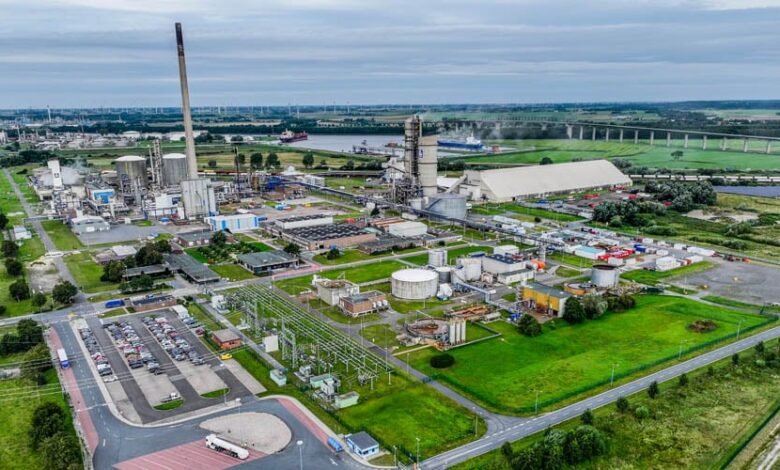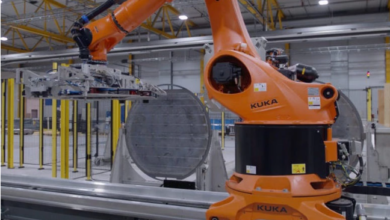Yara inaugurates new ammonia import terminal to drive hydrogen economy in Germany

Yara International officially opened its new ammonia import terminal in Brunsbüttel, Germany. Brunsbüttel is located on the North Sea and Kiel Canal, making it an ideal hub for enabling the hydrogen economy in Germany. With the new terminal, Yara has the infrastructure to enable imports of up to three million tonnes of low-emission ammonia to Europe annually.
Yara, the world’s leading crop nutrition company, inaugurates its new ammonia import terminal in Brunsbüttel in the presence of representatives from German and Norwegian authorities. The terminal is part of Yara’s strategy to strengthen its core nitrogen business while generating value-accretive growth in a low-carbon future.
“As the world’s largest shipper and distributor of ammonia, Yara Clean Ammonia is in a pole position to secure low-emission ammonia supply to Germany, at competitive prices. With its leading global ammonia position, Yara can help kick-start the German hydrogen economy, laying the ground for a net zero future,” says Hans Olav Raen. Up to 3 million tonnes of low-CO2 ammonia can be imported annually via the terminal in Brunsbüttel. This would correspond to 530,000 tonnes of hydrogen or around 5% of the total European hydrogen target for 2030.
With its significant import capacity, Yara’s new terminal in Brunsbüttel will play an important role in enabling the German hydrogen strategy and contribute to the country’s energy transition. Uniquely located on the North Sea and the Kiel Canal, Brunsbüttel is ideally placed to become a central hub, not only for Germany but also for Europe’s hydrogen economy.
“For 50 years, we have been manufacturing products of fundamental importance to Germany and Europe here at the Brunsbüttel site. Today’s inauguration represents a new milestone and an important step towards a low-carbon future” states Sven Kohnke.
The ammonia can be delivered directly from the terminal to the point of use, which could be cracked into low-emission hydrogen. The competitiveness of German industry, not least steel and chemicals, can only be maintained through decarbonization. This can be achieved by cracking low-emission ammonia to hydrogen, for which significant quantities of ammonia will be needed.
Low-emission ammonia is produced by electrolysis using renewable electricity or using carbon capture and storage (CCS). Low-emission ammonia has key advantages, making it attractive as a decarbonization product in hard-to-abate sectors. This includes traditional ammonia use such as fertilizers and new applications such as low-emission shipping fuel, emission cuts for refineries, power generation, and hydrogen carriers.
Demand for low-emission ammonia in Germany is expected to increase significantly in the coming years. The Federal Ministry for Economic Affairs and Climate Protection estimates that up to 70 per cent of future national ammonia, requirements will have to be imported by 2030. After this, the volumes will be even higher.
The energy partnership between Germany and Norway plays a key role. In June, Yara officially opened its renewable hydrogen pilot plant in Norway, the plant is the largest of its kind in Europe and represents an important stepping stone towards a low-carbon future.
